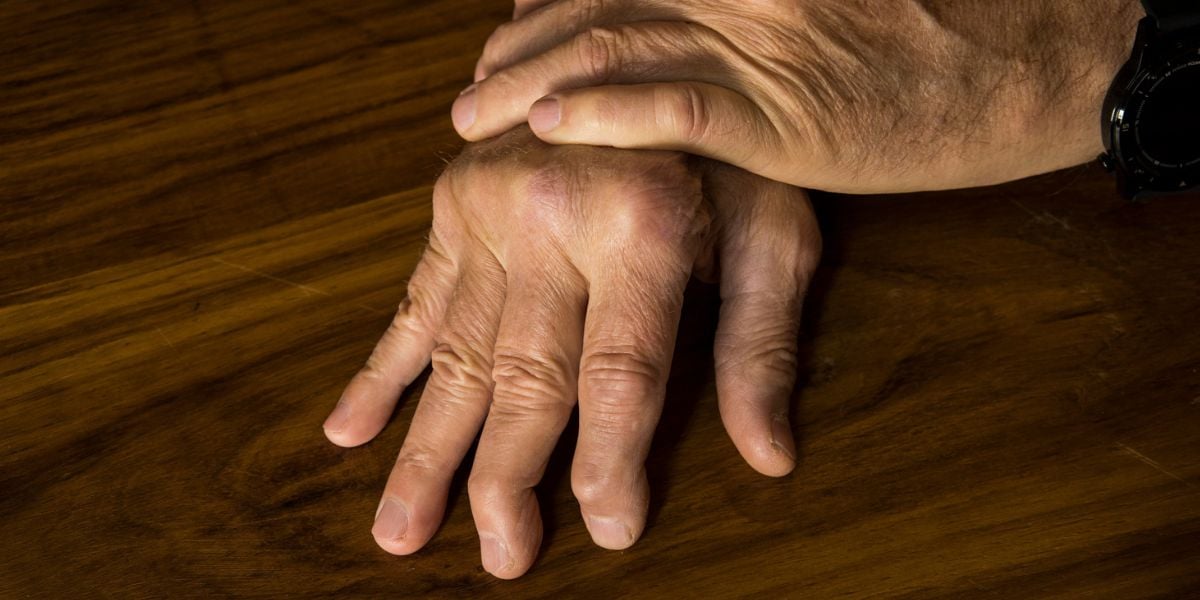Charcot foot is a type of bone deformity that can lead to serious damage and disability.
If a person suffers from especially bad neuropathy, the sensation in their feet and their sense of balance may be affected. Combined, these two factors can lead to deformations in the bones of the foot.
As the sufferer walks off-balance and in an unnatural way, the joints in the foot can eventually collapse. This can cause a visible deformation, usually seen as the natural arch of the foot flattening.
A lot of sufferers continue to walk on the affected foot, due to the neuropathy preventing the foot from hurting. This can make the injury much worse.
Symptoms of charcot foot
Symptoms of Charcot foot may include:
- Swelling or redness of the foot or ankle
- Skin feeling warmer at the point of injury
- A deep aching feeling
- Deformation of the foot
People with diabetes should report any signs of foot damage to their doctor as soon as possible as they can develop and become much more serious as a result of neuropathy. More serious foot conditions can result in amputation if not treated by a doctor or specialist.
Causes of charcot foot
Charcot foot typically develops over a period of time and requires a number of factors to occur.
People with neuropathy have diminished feeling in their feet and may also have reduced muscle control as a result of motor neuropathy. Both of these factors can increase the risk of developing Charcot foot.
The trigger for Charcot foot can be a sprain or twisted ankle that goes unnoticed because of reduced feeling from nerve damage.
If the person continues to place pressure on the foot through walking, the injury can worsen and could lead to dislocation or fractures in one or more bones of the foot or ankle.
Treatment for charcot foot
Charcot foot is treated by reducing pressure on the foot and wearing a plaster cast to allow the foot to set and heal in the correct position.
Whilst your foot is healing you will need regular appointments with a podiatrist and x-rays.
Recovery from charcot foot
Whilst the affected foot is recovering, check your other foot for any signs of damage or strain as this foot is likely to be taking more pressure whilst the affected foot heals.
Depending on how much damage has been sustained, you may experience a change of shape in your foot.
Contact your health team if you notice any signs of damage or have any queries about how to look after your feet.
Keeping your blood glucose under control will help your foot to heal.







